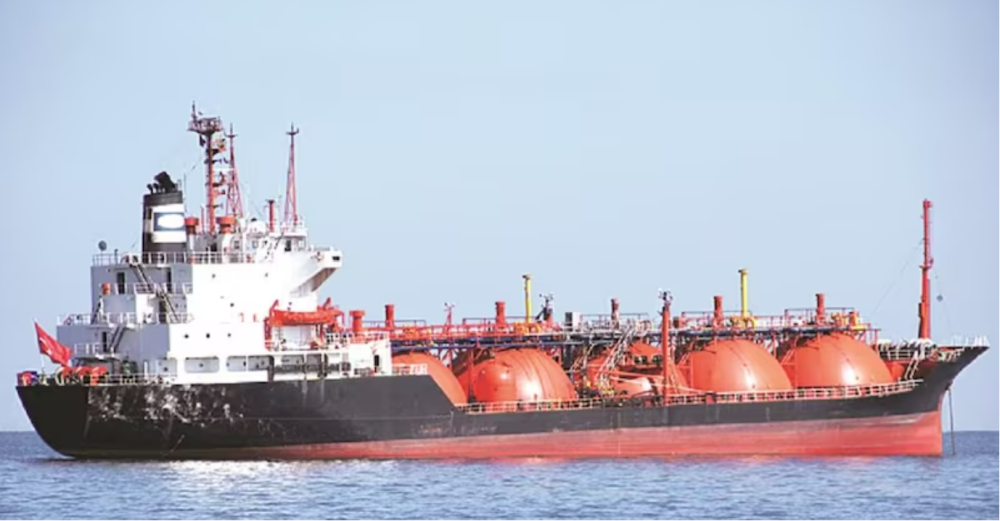Shortage of Oil Tankers at Hand as Red Sea Attacks Divert Trade


Rates for the use of the ships most commonly used for carrying crude oil around the world are up to their highest level since November 2023.
The rates for Very Large Crude Carrier (VLCC) were up 3.5 per cent month-on-month to $48,171/day in February, according to data collated from the Centre for Monitoring Indian Economy (CMIE). It was $46,555 in January and $47,975 in December. Rates have been volatile amid heightened geopolitical tensions. Aframax and Suezmax rates have seen a decline in the same period.
Shipping vessels are classified by their capacity. Aframax vessels have a maximum capacity of around 120,000 deadweight tonnes. Deadweight tonne is a measure of the amount that ships can carry. It encompasses all the weight on the ship including cargo, people and supplies.
Suezmax tankers have a capacity of between 180,000 deadweight tonnes. This is the maximum size vessel which can go through the Suez Canal. The Suez Canal is the shortest sea route connecting Europe and Asia. The increase in oil trade resulted in the use of two bigger categories of vessels. The Very Large Crude Carrier (VLCC) has a capacity of up to 320,000 deadweight tonnes. It is around 550,000 tonnes for the Ultra-Large Crude Carrier (ULCC). The VLCC has been the most widely-used category of vessel for carrying crude across the world.
The Baltic Dry Index measures the cost of carrying dry bulk commodities such as coal and iron ore around the world. It gained 5.7 per cent in February.
There have been tensions in the Red Sea region which have caused a number of vessels to take a longer route around Africa and have affected shipping rates. The United Nations Conference on Trade and Development (UNCTAD) warned of the long-term effects of the disruption on Thursday.
“Recent attacks on commercial vessels in the Red Sea have severely affected shipping through the Suez Canal, adding to existing geopolitical and climate-related challenges facing global trade and supply chains,” said the February 22nd UNCTAD note.
“UNCTAD underscores the far-reaching economic implications of prolonged disruptions in container shipping, threatening global supply chains and potentially delaying deliveries, causing higher costs and inflation. The full impact of higher freight rates will be felt by consumers within a year,” it added.
Separately, Moody’s Investor Services on Thursday said that the impact on inflation of the ongoing disruptions may be limited by low demand and high ship availability.
As of February 20, 2024, the seven-day moving average of the transit trade volume in the Suez Canal was 1,878,826, showing a declining trend in the trade, as per Port Watch, a collaborative project between the International Monetary Fund and the University of Oxford.

By Jamal Al-Awadhi Paris- Over the past few days, certain parties have launched a highly charged political and media d…

Aden – Malaysia and Algeria have reiterated their firm positions in support of Yemen’s unity, sovereignty, and territorial integrity, w…

The Arab League, the Muslim World League, and several Arab and Islamic countries have called for an immediate halt to military escalation in Yemen,…